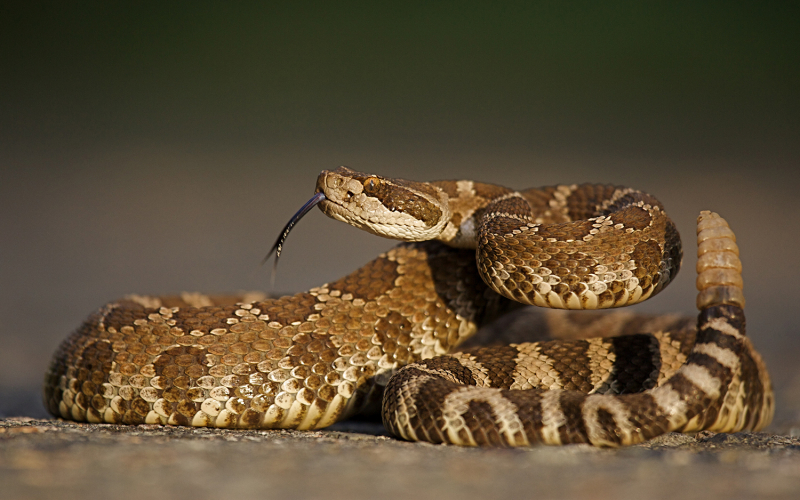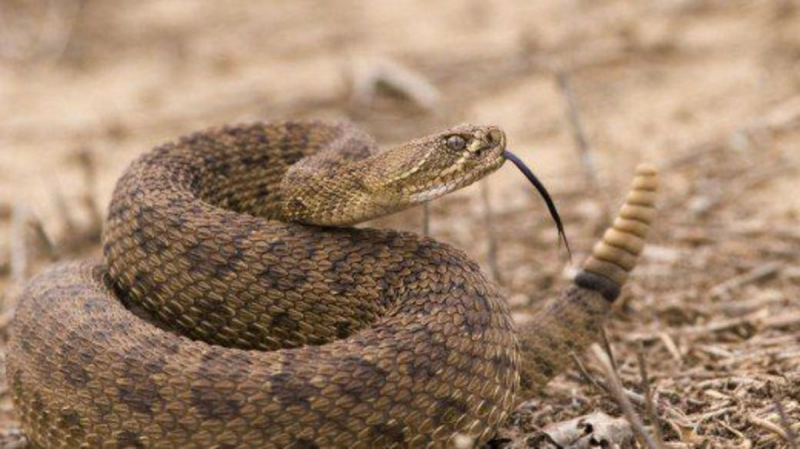MOJAVE RATTLESNAKE (CROTALUS SCUTELLATUS)

The Mojave Rattlesnake (Crotalus Scutellatus) is the most venomous snake species in the United States, occurring in the deserts of central Mexico and the southwestern United States. The distinguishing feature of their presence is the tail emitting a sound like a bell. This snake has an average length of less than 1m, the longest is only 1.37m. Mojave Rattlesnake usually lives in deserts and low mountain slopes, or places with sparse vegetation, grasslands, etc.
The Mojave Rattlesnake typically feeds on some mammals, amphibians, reptiles, birds, lizards, and small rodents. They are usually brown and light green depending on their surroundings, but the Mojave Rattlesnake is sometimes seen as green in some areas. This snake is highly self-defensive when threatened, like most snakes.
Their venom effects vary depending on the different species, but most of their venom is very toxic. Their venom paralyzes the prey's nerves and causes the heart to stop beating within minutes. To humans, Mojave Rattlesnake's venom is rarely fatal, but it has serious consequences. Their venom penetrates the body causing blood clotting disorders, destroying tissue causing necrosis. Bites that are not treated in time can lead to death.
Country: Southwestern United States and central Mexico.
Habitat: Desert or mountainside. delta, open and dry living environment.
Length: Average 1m.
Lethal time: It is rarely fatal but has serious consequences.











